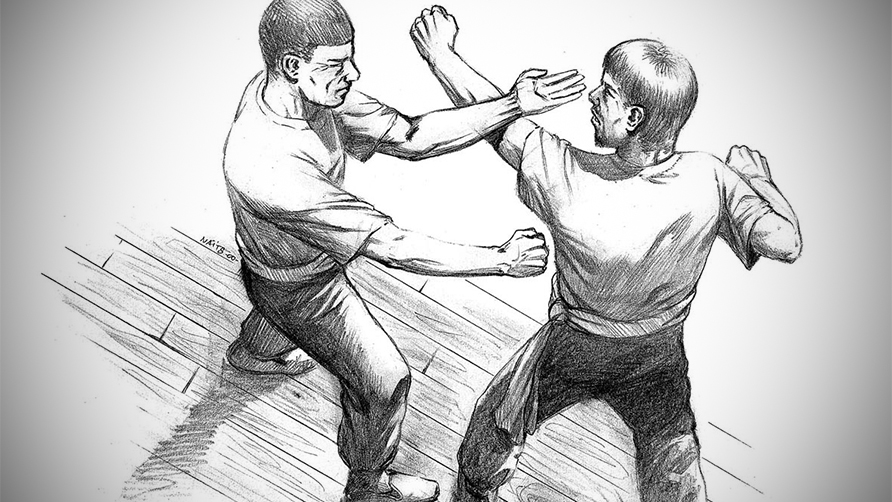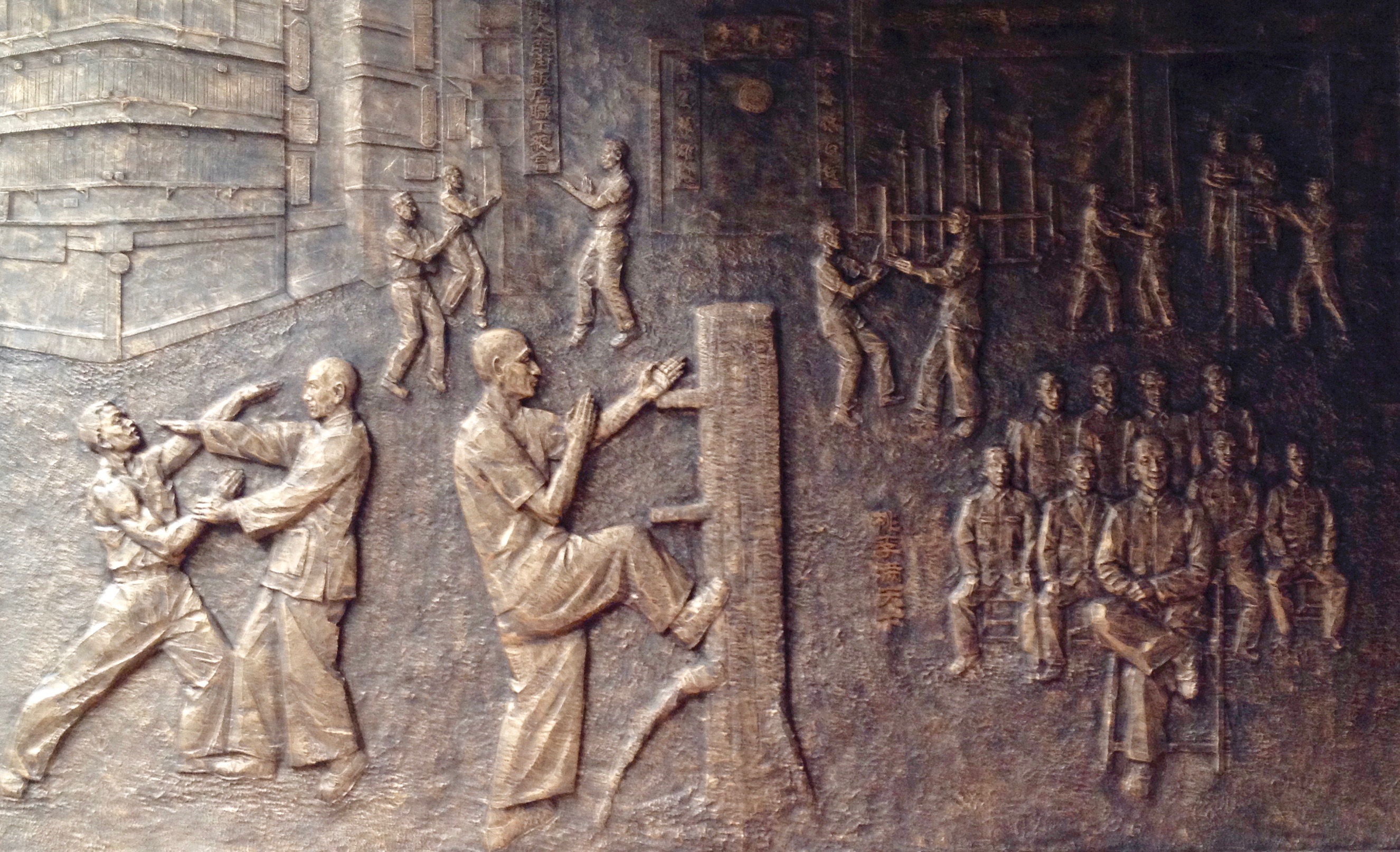
Wing Chun
WING CHUN (詠春) is a concept-based Chinese martial art and form of self-defense utilizing both striking and "sticking" or controlling while specializing in close-range combat. It is a relatively young martial art, with most historians agreeing that it developed in southern China approximately 300 years ago.
According to legend, Wing Chun was created by the Buddhist nun Ng Mui, who was a master of Shaolin Kung Fu. Using her martial training and personal experience, she synthesized a compact form of Kung Fu to exploit weaknesses inherent in the other combat styles of her time and give an advantage to smaller fighters like herself. This new system was well-guarded and passed on to only a few, very dedicated students. Her style became known as Wing Chun, after Ng Mui's first student, a woman named Yim Wing Chun.
When you choose this Monastic Tradition, you will gain the following traits at there designated levels.
Kwan Sau (Rotating Hand)
When you first take this Tradition, you first learn the Rotating Hand. This Wing Chun technique allows students to block high and low attacks at the same time.
As a reaction on your turn for 1 Ki point, you focus on your defense, allowing you to add your Proficiency bonus to your AC until the end of your next turn.
Seung Chi Sau (Double Sticking Hands)
At the 3rd level you learn Seung Chi Sau. The Wing Chun Seung Chi Sau technique focuses on short range attacks, defense and opponent control.
While using Kwan Sau (Rotating Hand), you can simultaneously strike while deflecting or blocking an opponents physical attack. When a target misses a physical attack against your AC within 5ft of you, and you can see them, you may perform a single unarmed attack against them.
Example of Kwan Sau (Rotating Hand) and Seung Chi Sau (Double Sticking Hands)

Shēntǐ zhěngtǐ
At 6th level, you gain the ability to perform various Wing Chun techniques. For the cost of 1 Ki point, you may add onto an unarmed strike, a Wing Chun technique. Starting out you know 1 technique, you learn one additional technique at the 8th and 10th levels.
- Huen Sau: This technique allows Wing Chun students to change positions while maintaining control of an opponent’s arm. When you make an Unarmed strike, you can force the opposing creature to make a strength saving throw. On a failure, you disarm them of a weapon of your choice they are holding. Then you may throw the weapon away 10ft from you, of your choosing.
- Lap Sau: This technique allows a Wing Chun student to grab an opponent in order to pull them offline and/or disrupt there balance. When you make an unarmed strike, you can knock your opponent prone. They must succeed a dexterity saving throw to prevent this.
- One Inch Punch: When you make an unarmed strike, the opponent must make a strength saving throw, or pushed back 15ft away from you. If they succeed, they are still pushed back 5ft.
Lin Wan Kuen (Chain Punch)
When you reach the 11th level, you learn the Lin Wan Kuen. This Wing Chun offensive technique focuses on punching rapidly in order to overwhelm an opponent with multiple attacks.
When you use your flurry of blows, you may make an extra unarmed strike. For a total of 3 Unarmed strikes as a bonus action, instead of 2.
Wánměi xíngshì (Perfect Form)
At the 17th level, your Wing Chun has been honed and can be used without hesitation. Your Kwan Sau (Rotating Hand) technique no longer needs Ki to activate.
Wing Chun Master (Optional level 20 replacement)
Depending on your Gm/Dm they may allow you to replace your level 20 monk ability Perfect Self with the following instead.
Finally at the 20th level, your mastery of Wing Chun is second to none.
You may choose up to an amount of creatures that can understand you, equal to your Wisdom modifier. IF you spend time training them, they will learn how to use Martial arts to aid them.
- After 1 week of Training: There Unarmed strikes are now d4 + Strength or Dex, and they may use an unarmed Strike as a bonus action.
- After 1 month of Training: They may learn to use your Rotating Hand technique, once per short rest.
- After 2 months of training: They may now perform the Double Stick hands technique, while performing Rotating Hands.
